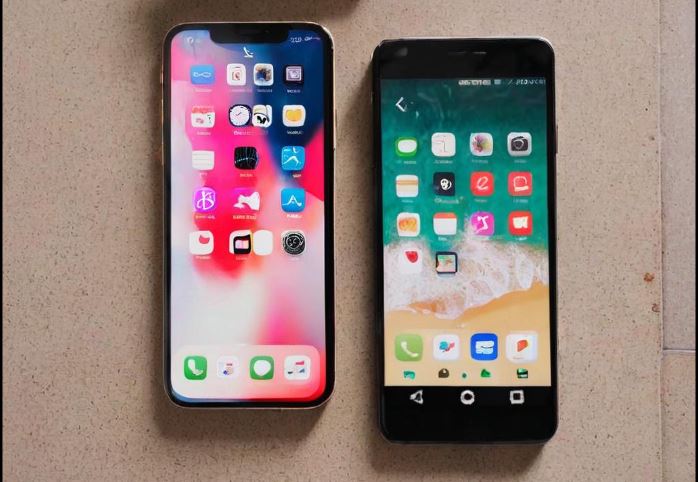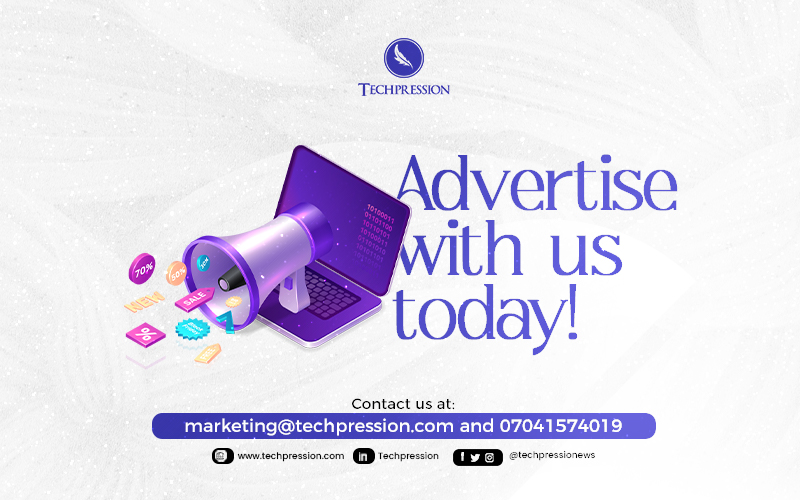iOS and Android have dominated the smartphone market for years, offering unique advantages and catering to user preferences. Choosing between the two can be challenging, so let’s make a detailed comparison to help you decide which ecosystem better suits your needs.
Operating System and User Interface
Apple’s iOS is renowned for its simplicity and user-friendliness. It offers a clean and intuitive interface with tight control over both hardware and software. This results in a well-optimized experience with consistent updates rolled out simultaneously across all compatible devices.
On the contrary, this control can feel restrictive as customisation options are limited.
In contrast, Android boasts a more open-source approach, offering greater flexibility and customisation. Users can personalise their devices with various launchers, widgets, and icon packs. This openness allows for a broader range of hardware options at different price points.
On the other hand, Android’s fragmentation among manufacturers can result in uniformity in the user experience and updated release dates.
Read also: Google: Enterprise Application Can Benefit From Android 13
App ecosystem
The App Store is known for its curated selection and stringent quality control. Apps tend to be more polished and less likely to contain malware.
Even so, the selection can be slightly fewer than that of the Google Play Store, and certain apps might require a subscription.
The Google Play Store offers many free apps.
On the flip side, viruses and subpar apps are more likely to be found because the platform is open. It is therefore advised that you do an extensive study before downloading it.
Performance and hardware
Apple devices are known for their smooth performance and seamless integration between hardware and software. Optimisation is a strong point, even on older iPhones.
Conversely, hardware options are limited compared to Android, and storage capacities are lower at similar price points.
With a wider variety of manufacturers, Android offers a broader spectrum of hardware choices. You can find flagship phones with top-of-the-line specs or budget-friendly options with more basic features. But, performance can vary depending on the manufacturer and hardware optimisation.
Security and privacy
Apple prioritises user privacy and has a strong track record of security updates. The closed ecosystem makes it a less attractive target for malware developers.
However, some users might find Apple’s control over data and app permissions restrictive. Android offers more flexibility in terms of app permissions and data management.
Nevertheless, the platform’s open architecture makes it more vulnerable to malware and security flaws. Users should exercise greater caution when updating their gadgets and downloading apps.
Read also: The real value of the iPhone
Special Features
Apple integrates tightly with other Apple products like Macbooks, iPads, and Apple Watches, creating a seamless ecosystem for users invested in the Apple world. Features like AirDrop and Handoff allow easy file sharing and task switching between devices.
Android offers greater openness and integration with Google services like Gmail, Drive, and Google Assistant. Some manufacturers add unique features and customisations, making the Android experience more diverse.
Ultimately, the best smartphone platform for you boils down to your individual needs and preferences. Here’s a breakdown to help you decide:
If you prioritise a simple, user-friendly experience focusing on consistency and security, iOS might be your perfect match. Apple’s tight control over hardware and software ensures a smooth experience across all iPhones, and regular updates keep your device secure.
If you’re already invested in the Apple ecosystem with a MacBook, iPad, or Apple Watch, iOS offers seamless integration for a cohesive user experience.
On the other hand, Android shines for users who crave openness and customisation. You can find a phone that perfectly fits your budget with a broader range of hardware options at various price points. Android also allows for greater personalisation with launchers, widgets, and icon packs. Android’s extensive integration with Google services, such as Gmail, Drive, and Google Assistant, can significantly improve your experience if you depend heavily on them.




